The journey to a sustainable future is a highly important one, not just across Scotland, but across the whole world.
As part of the COP26 activity happening around the COP26 meetings in Glasgow which took place in November, we have been running a weekly blog series exploring the role of technology in achieving net zero with our Technology Scotland members.
Since September, we have been hearing from a wide range of our members on a variety of climate focused topics; taking a deep dive into some of the innovative products created to combat climate change with project focused blog pieces as well as thought-pieces, hearing from industry experts on the future of technology and its potential applications as we move forward towards a more sustainable future. Plus lots more!
This week we share an article originally published by Synaptec which showcases five ways they support the drive for net-zero.
5 ways Synaptec support the drive for net zero
At Synaptec we support and enable the drive for net zero through our ‘zero power’ sensors; a key technology to reduce the carbon footprint of our customers.
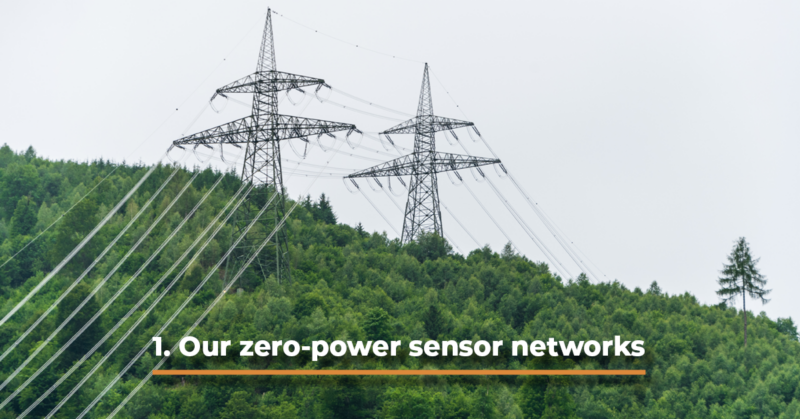
Our passive sensor arrays require no power supplies or telecommunications equipment to operate, and stream live data more reliably and securely from the most remote and hard-to-reach locations. Unlike other sensor technologies, we use only one powered unit (with a modest wattage), to provide granular detail centrally from up to 30 locations.
This radically reduces the amount of space, copper wiring, power supplies, time sources, civil works and maintenance visits traditionally required, lessening your environmental impact.
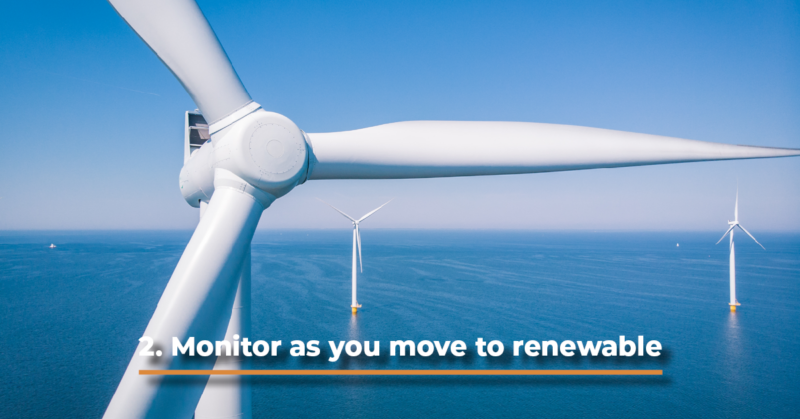
As more energy is generated by offshore renewables located further out to sea, the efficiency and durability of subsea power cables becomes all the more critical. We monitor remote and inaccessible assets like power cables to optimise how much energy they can deliver safely to the grid, and to provide earlier warning of failures, helping operators avoid outages which cost £ millions.
This all helps to reduce income loss, and to increase availability and safety, delivering reliable power without increasing the price to the consumer.
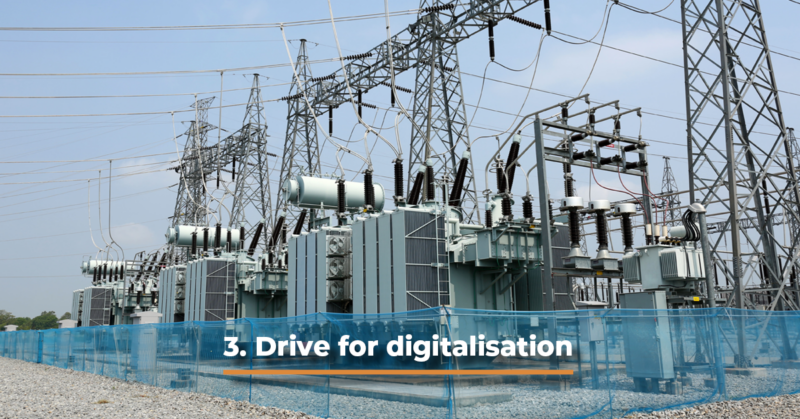
Digitalisation and digital substations might seem like an overwhelming concept, but UK pilots such as FITNESS and innovations from Statnett in Norway have shown that our sensors can radically reduce the use of copper wiring, improve 61850 interoperability, and slash planned outage times for protection hardware upgrade programs.
Removing tonnes of copper, simplifying protection schemes and improving digital twin data with automated condition monitoring in one retrofit system is a significant green win.
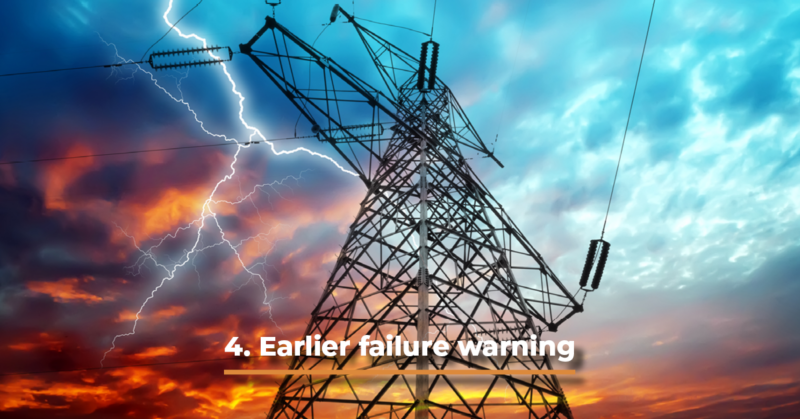
Whether it is to avoid contact in densely urbanised areas or to avoid storms, utilities are undergrounding more and more HV circuits. Underground cables are harder to inspect, are out of 4G coverage and have limited space for monitoring equipment.
Our passive sensors can monitor every joint, link box, earthing point, voltage limiter and termination to provide better operational control and earlier warning of impending failure, but with no power supplies or networking technology required in any location.
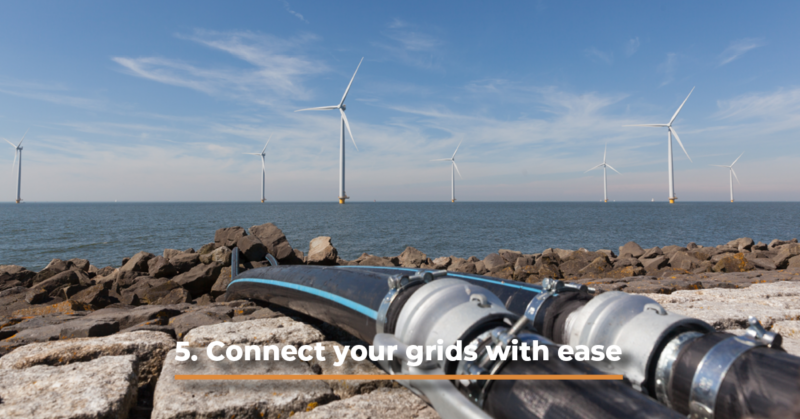
Our technology is now being used in transmission to facilitate new grid connections. Improving both export cable monitoring and control is part of it, but we are also enabling multi-zone and fully digital protection for new grid connections which avoid millions of pounds in civil works, substation upgrades and telecommunications costs.
